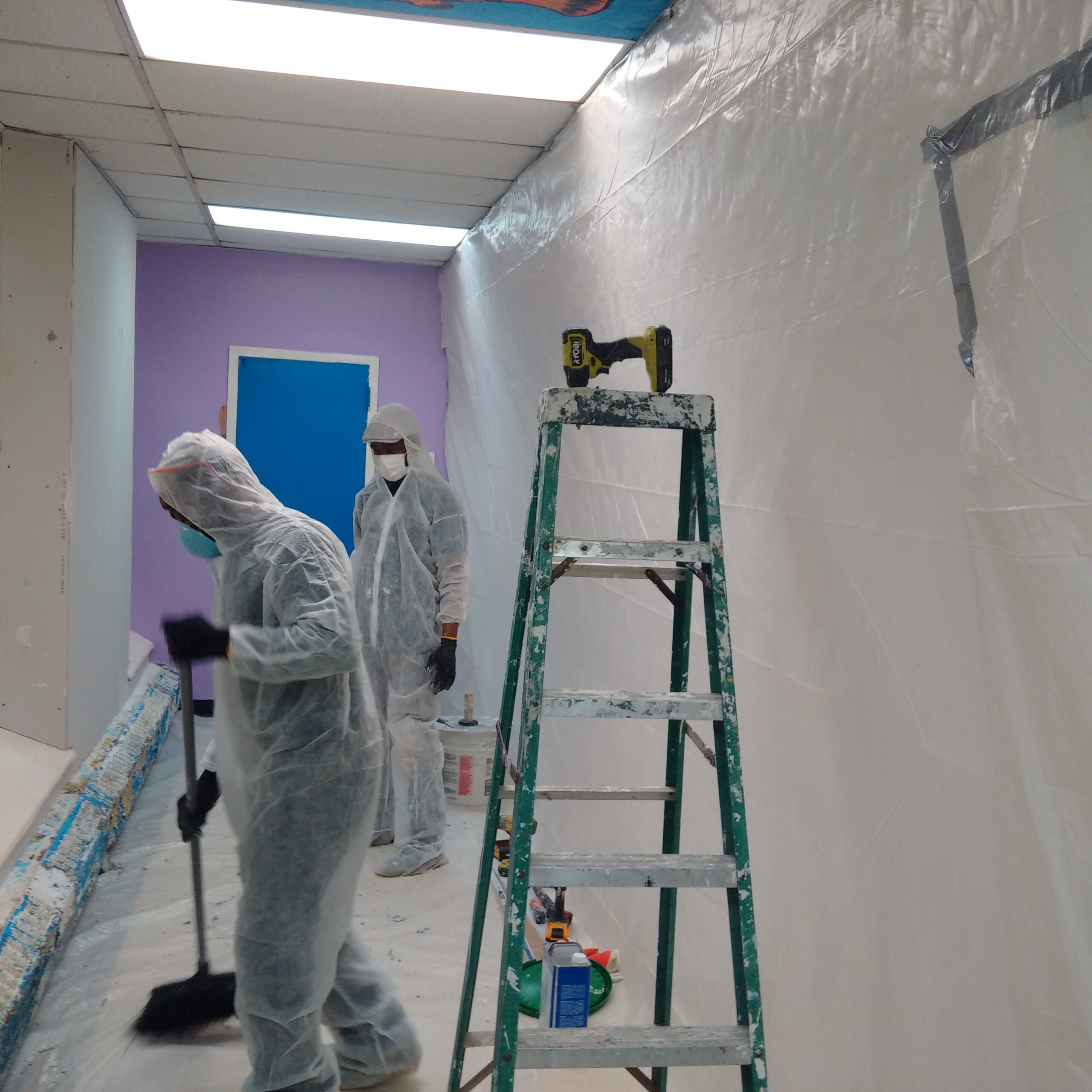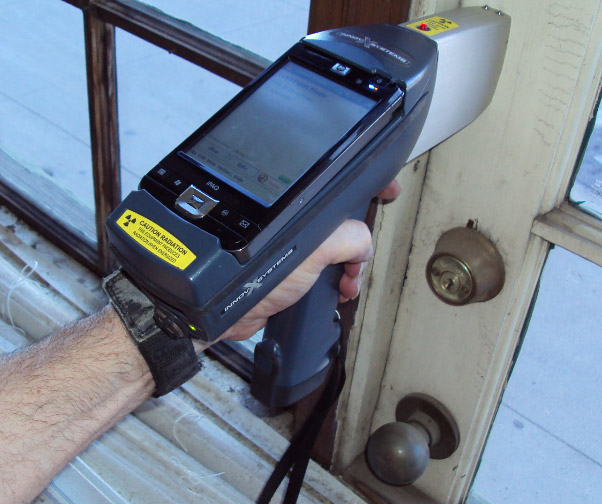Comprehensive Guide on Effective Lead Violation Elimination Methods
In the realm of environmental safety and security, resolving lead infractions demands a meticulous and structured strategy. This comprehensive overview starts by highlighting the important first steps of recognizing lead hazards via advanced evaluation and testing approaches. Methods such as XRF evaluation and dust clean sampling are vital in identifying contamination sources. The overview elaborates on the significance of sticking to stringent safety and security methods during the removal process, consisting of the usage of proper PPE and separating impacted areas. The subsequent sections guarantee to review post-removal verification and precautionary methods, ensuring lasting safety and security and conformity. Discover the elaborate details that make these strategies not just efficient yet important.
Identifying Lead Dangers
Determining lead risks is an important very first step in mitigating the threats connected with lead exposure. Lead, a poisonous steel, can be existing in numerous ecological mediums, including paint, dirt, water, and dust. It postures serious health and wellness dangers, particularly to children and pregnant females, resulting in neurological damages and developing delays. As a result, specific recognition of potential lead resources is important for effective removal.
The preliminary phase in identifying lead dangers entails recognizing typical lead resources within the constructed setting. Structures constructed before 1978 are particularly at risk because of the common use lead-based paint during that period. Additionally, soil contamination can happen from deteriorating exterior paint, commercial exhausts, or historical usage of leaded gas.
An additional significant source is lead piping and plumbing components, which can seep lead right into alcohol consumption water. Durable goods such as toys, porcelains, and imported items may additionally have dangerous lead levels. Significantly, work environments and hobbies involving lead can track impurities into homes.
Assessment and Testing
When addressing lead threats, efficient evaluation and testing are vital. This critical step guarantees the recognition and quantification of lead existence, thus guiding subsequent remediation initiatives. Preliminary assessment normally involves an aesthetic assessment to identify prospective lead sources, such as degrading paint or contaminated dust. This is enhanced by even more rigorous testing methodologies to establish the level of contamination.

Dirt clean sampling is another vital strategy, particularly in domestic settings. By gathering samples from floors, windowsills, and other surface areas, this technique provides understandings into possible direct exposure threats. Dirt testing around building borders is necessary to discover lead contamination that could pose risks, particularly to children.
Safe Removal Procedures
Upon completing thorough analysis and testing, applying safe removal procedures is the following essential stage in attending to lead dangers. This procedure makes certain that lead-contaminated products are properly and securely removed, reducing risk to both employees and residents. The initial action includes isolating the damaged area using plastic sheet and proper sealing techniques to stop the spread of lead dirt.
Workers need to don ideal personal safety devices (PPE), consisting of respirators, gloves, and disposable coveralls, to reduce direct exposure. Using specialized devices and damp approaches, such as wet sanding or using HEPA-filtered vacuums, reduces the diffusion of lead bits. It is critical to prevent dry fining sand or rough blasting, as these techniques can create hazardous lead dust.
Garbage disposal is an additional important element; all contaminated materials must be firmly gotten and labeled according to EPA and local policies. In addition, comprehensive cleansing of the workspace with HEPA vacuum cleaners and wet cleaning guarantees the removal of residual lead particles.
Post-Removal Verification

Verification of effective lead elimination, called post-removal verification, is crucial to make sure the safety and habitability of the remediated area. This process involves a collection of precise assessments and tests developed to discover any kind of residual lead particles that may present health threats. The preliminary step commonly includes an aesthetic examination to analyze the conclusion and top quality of the remediation work. This evaluation guarantees that all known resources of lead have actually been addressed which no visible signs of contamination remain.
Adhering to the aesthetic assessment, environmental tasting is conducted. This includes accumulating dirt, soil, and occasionally water samples from the remediated area. Certified labs analyze these samples to measure lead degrees, ensuring they fall listed below the safety limits established by regulatory bodies such as the Epa (EPA)
In addition, air top quality screening may be done to detect airborne lead bits, especially in cases where considerable lead-based paint elimination or renovation has actually happened. The results of these examinations offer quantitative information confirming that the lead degrees are visit this site right here within permitted have a peek at these guys limitations.
Inevitably, post-removal confirmation functions as a vital checkpoint, validating the efficiency of the lead abatement efforts and protecting the health of occupants and visitors.
Safety Nets and Maintenance

A vital safety net includes using lead-safe licensed specialists for any type of improvement, repair service, or painting tasks. These professionals are educated in methods that minimize lead dirt and particles. Furthermore, maintaining painted surface areas to stay clear of cracking or peeling off is essential, as degrading paint can launch lead particles right into the atmosphere.
Educational campaigns targeting residential or commercial property proprietors and lessees pertaining to the threats of lead and the importance of reporting any potential hazards can better improve preventative efforts. Routine cleansing utilizing HEPA vacuums and wet mopping methods can dramatically minimize lead dust buildup.
Verdict
In summary, efficient lead infraction removal requires a precise method incorporating extensive assessment, exact screening, and stringent elimination procedures. Guaranteeing safety with correct seclusion and personal protective devices stays critical. look at this website Post-removal confirmation using ecological sampling and air top quality screening confirms compliance with well established safety standards. Additionally, recurring examinations and upkeep are vital to alleviate future lead risks, thus safeguarding public health and wellness and guaranteeing continual conformity with governing needs.